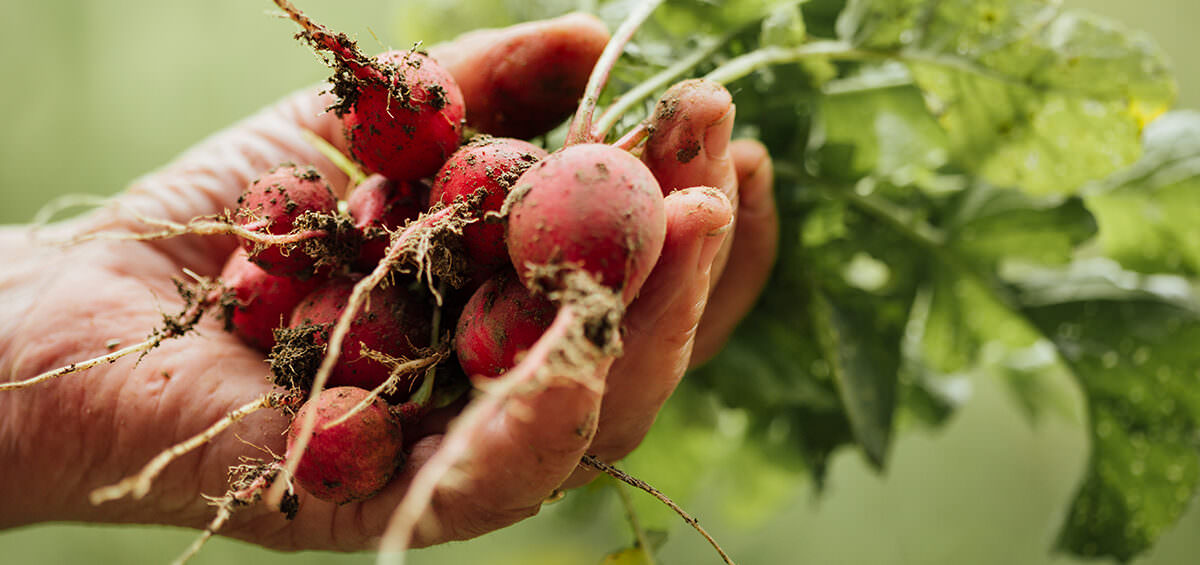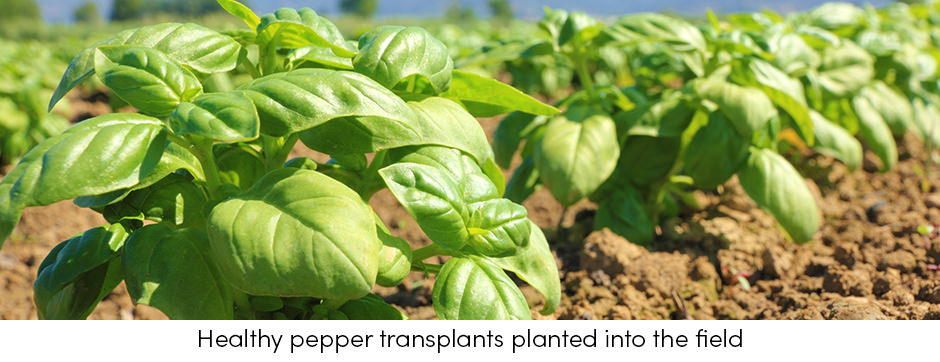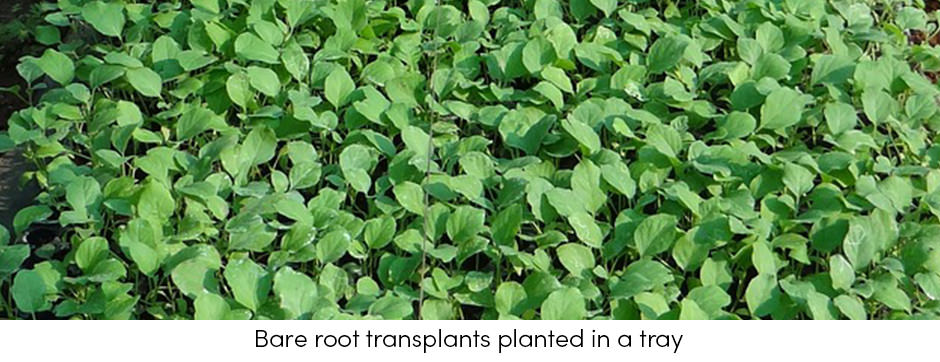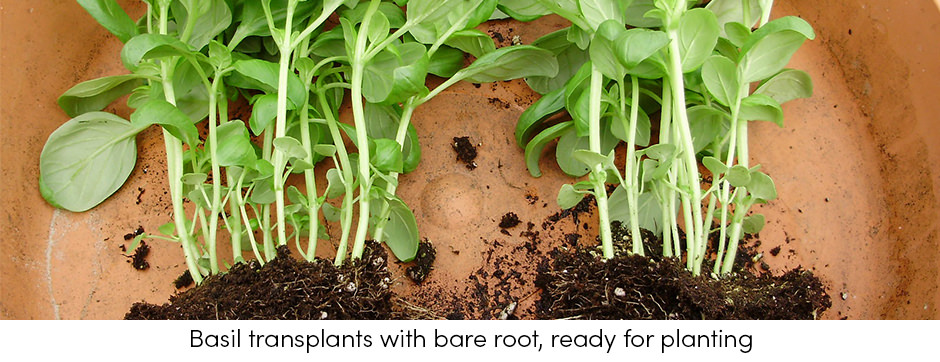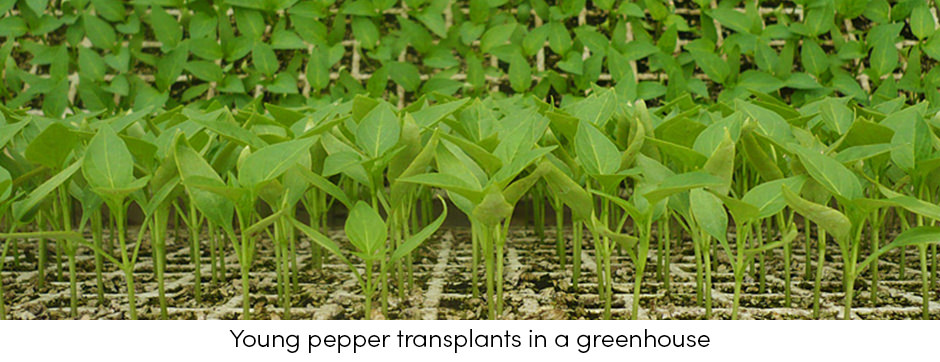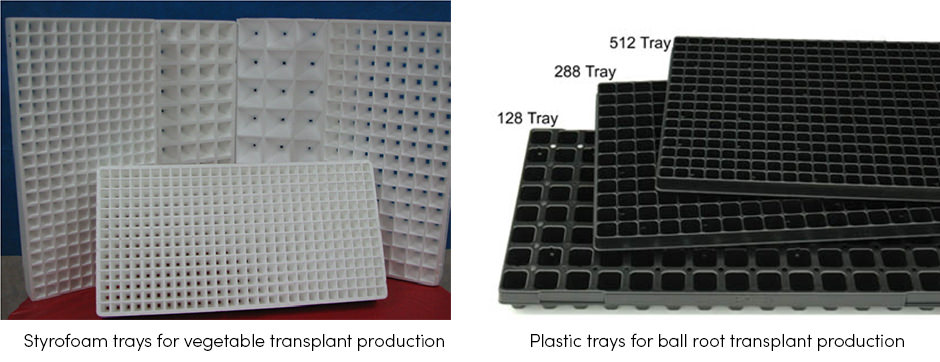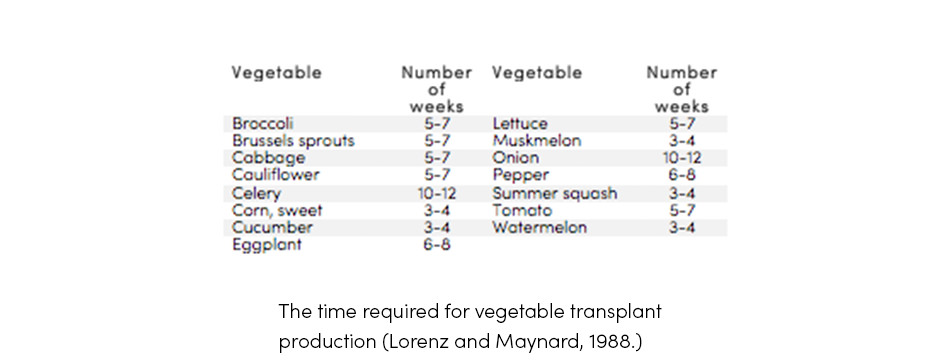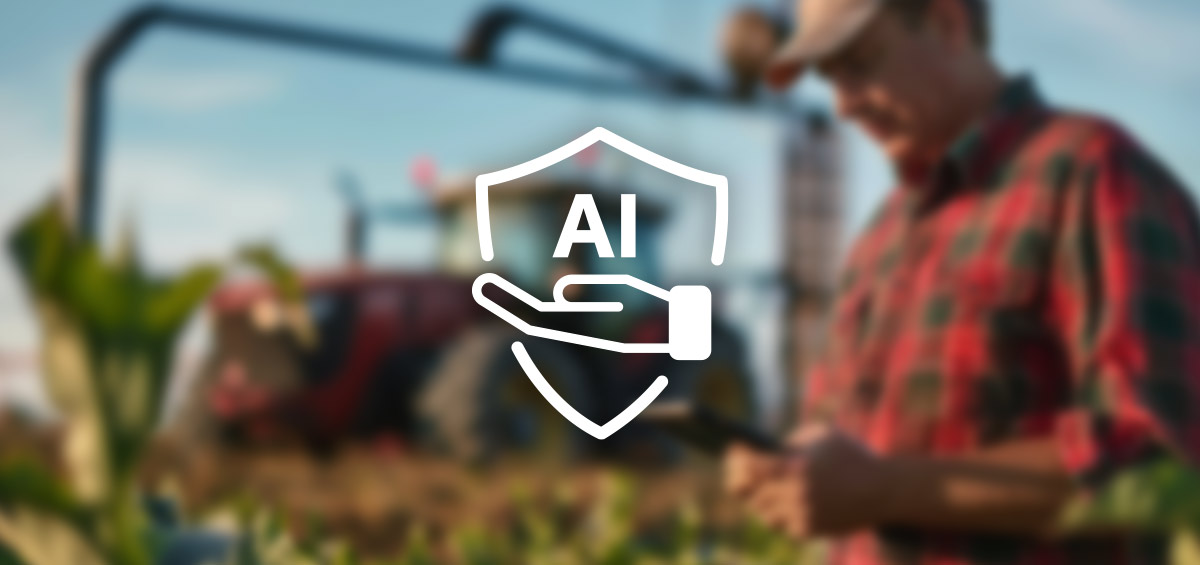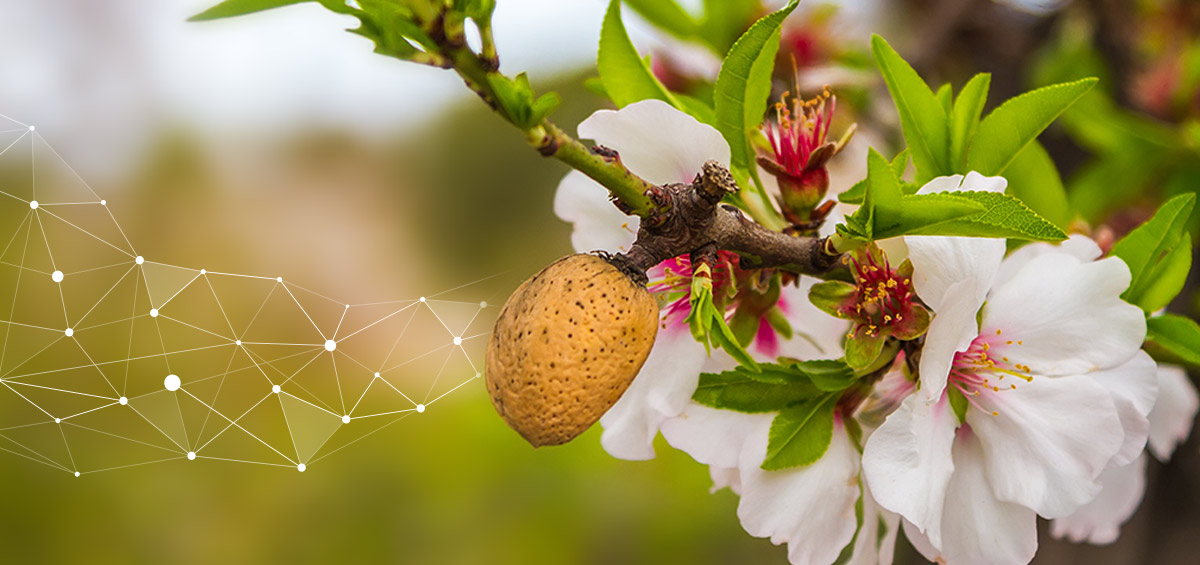Vegetable transplants are young green plants that are grown from seeds, and partially from vegetative plant parts. Depending on the mode of transplant production and delivery date, they can be produced in the field (outdoor) or in a greenhouse (indoor).
Unlike direct sowing, transplant production requires higher amounts of human labor. However, there are several advantages to producing transplants instead of sowing seeds in the field, such as:
- Earlier planting in the field
- More crops rotated on the field, which better utilizes farmland
- More efficient seed use due to favorable conditions for germination and sprouting that may not occur in the field
- Planting of more vigorous and healthier transplants in the field, while the less developed are removed
- Ensuring uniform plant growth, maturity, and higher yields
- Less soil disturbance and labor costs due to reduced soil cultivation and pesticide application
- Facilitated insect pest, disease, and weed control.
Whether transplants are produced in the field or in a greenhouse, success depends on supplying the right conditions for crop growth- water, temperature, fertilizer, and a proper farming techniques. Whereas requirements for water, temperature, and fertilizer will vary from plant to plant, farming techniques used remain the same.
Technology for transplant production can be divided into two major groups; production of bare root transplants and transplants with the root ball.
Bare Root Transplants
Production of transplants with bare roots includes pulling of the plant from the soil, or some other substrate, while leaving smaller roots in the soil. This causes the transplants to become fragile and more sensitive, as their root is not protected enough during the transport and planting in the outdoor environment.
Although this farming technique is less expensive and less time-consuming than the production of transplants with root ball, it has negative effects on both the plant and the yield. Since transplants are pulled from the substrate prior to planting in the field, they experience transplant shock. Significant negative impact then occurs; consisting of their growth after transplanting being delayed for a few days.
After planting in the field, these plants are more sensitive and fragile than those with root ball, creating another problem related to bare root transplant production.
Bare root transplants can be produced in the field (outdoor) and in a greenhouse. In outdoor production, another factor that can drastically affect the production and the yield is the weather. Bad weather can cause delayed sowing, hail damage, higher risk of pest attack, as well as drought, which can reduce the yield and increase production cost.
Soil properties play an important role in transplant production. Suitable soil needed for transplant production is light, loose, drained, and rich in plant nutrients, with an optimum pH for the specific crop. Hence, all tillage practices for seedbed preparation should be properly managed, from plowing, disking, and harrowing to rolling of the soil. Along with properly managing the seedbed, manual or machine sowing of seeds, as well as required maintenance measures, including irrigation, weeding, spraying, and fertilizing should be taken.
Transplants with Root Ball
In vegetable farming, production of root ball transplants is the most common of all practices. This farm technology provides greater uniformity of transplants, efficient seed use, and the ability to precisely plan sowing time. Transplants with a root ball are usually produced in a greenhouse, using polystyrene, styrofoam, or plastic cell plug trays. They can also be produced in other tray types, but cell trays are the most common among farmers.
The ideal farming technique for growing transplants includes the providing of favorable growing conditions, including sufficient water, sunlight, nutrients, pest protection, tray size. and proper length of stay in the greenhouse.
A good vegetable transplant should be vigorous, green, and pest-free, with a well-developed root system. Once transplanted, it should tolerate environmental challenges and continue growth to produce the optimum yield.
An important factor to consider in transplant production is the age of the plant ready for planting in the field. So, when is the transplant ready for planting? The traditional timeframe for vegetable transplant production is 4 to 6 weeks. Although older plants have only a limited time for the readjustment of their vegetative development before the initiation of reproduction, they generally result in earlier yields. Oppositely, younger transplants will produce comparable yields but will take longer to do so.
Knowing how to grow transplants is critical for vegetable farming. Management of transplant production depends on the farmer’s knowledge and experience. The ideal farming technique is to provide the plant all of its required conditions with minimal stress.
Since ideal growing conditions rarely exist, farmers must use various farm technologies to control plant growth – technology for water, temperature, and fertilizer.
Text sources: University of Florida
Image sources: Pixabay || Nicky Kyle Gardening || Headstart Nursery || Harris Seeds || Sustainable Market Farming
